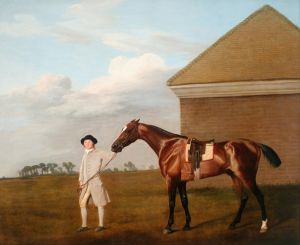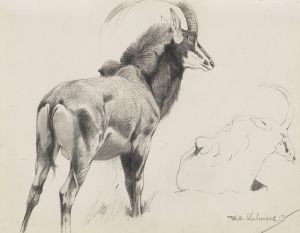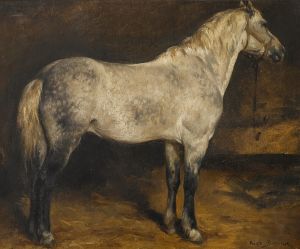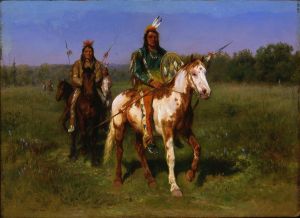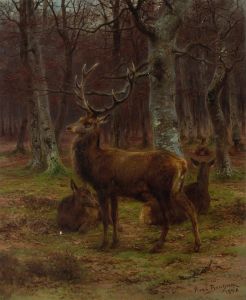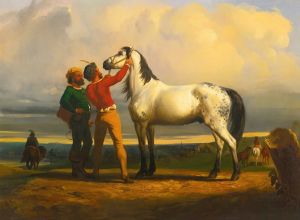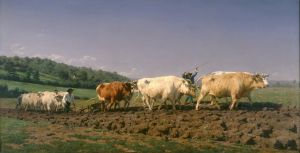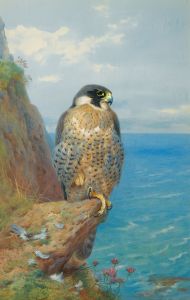
Large Wooly Sheep
A hand-painted replica of Rosa Bonheur’s masterpiece Large Wooly Sheep, meticulously crafted by professional artists to capture the true essence of the original. Each piece is created with museum-quality canvas and rare mineral pigments, carefully painted by experienced artists with delicate brushstrokes and rich, layered colors to perfectly recreate the texture of the original artwork. Unlike machine-printed reproductions, this hand-painted version brings the painting to life, infused with the artist’s emotions and skill in every stroke. Whether for personal collection or home decoration, it instantly elevates the artistic atmosphere of any space.
Rosa Bonheur was a renowned French artist of the 19th century, celebrated for her realistic depictions of animals. Born on March 16, 1822, in Bordeaux, France, Bonheur was the daughter of a minor landscape painter, Oscar-Raymond Bonheur, who encouraged her artistic pursuits from a young age. She became one of the most famous female painters of her time, breaking barriers in a male-dominated art world.
One of her notable works is "Large Wooly Sheep," which exemplifies her skill in capturing the essence and detail of animal subjects. Although specific details about the painting "Large Wooly Sheep" are scarce, Bonheur's body of work is characterized by meticulous attention to detail and a deep understanding of animal anatomy and behavior. Her paintings often reflect her passion for animals and her commitment to realism, which was a significant aspect of the art movement during her time.
Bonheur's interest in animals was not merely artistic; she was known to study them extensively, often visiting farms, slaughterhouses, and even dressing in men's clothing to gain access to places where women were not typically allowed. This dedication to studying her subjects in their natural environments contributed to the lifelike quality of her work.
Her most famous painting, "The Horse Fair" (1852-1855), showcases her ability to depict dynamic movement and the physicality of animals, qualities that are likely present in "Large Wooly Sheep" as well. Bonheur's paintings were well-received in both France and England, and she was awarded the French Legion of Honor in 1865, becoming the first female artist to receive this distinction.
Bonheur's work was part of a broader 19th-century trend towards realism, a movement that sought to depict subjects truthfully without idealization. Her paintings often featured rural and pastoral scenes, capturing the beauty and simplicity of country life. This focus on rural themes was a reflection of the changing social and economic landscape of the time, as industrialization began to alter traditional ways of life.
Despite the lack of specific information on "Large Wooly Sheep," it can be inferred that the painting aligns with Bonheur's typical style and thematic interests. Her works are characterized by a strong sense of composition, attention to light and shadow, and a deep empathy for her animal subjects.
Rosa Bonheur's legacy endures as a pioneer for women in the arts and as an artist who brought the natural world to life on canvas with unparalleled skill and sensitivity. Her paintings continue to be celebrated for their technical excellence and their ability to convey the dignity and beauty of the animal kingdom.





